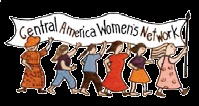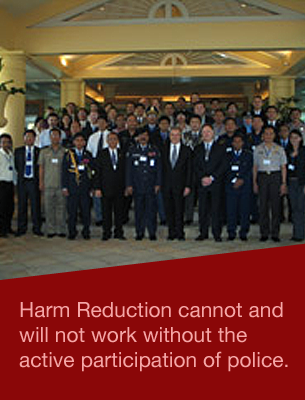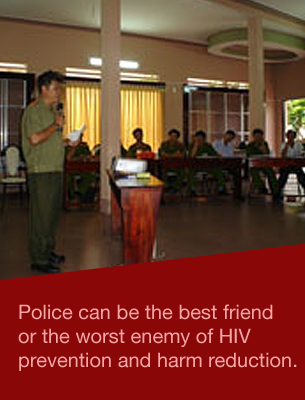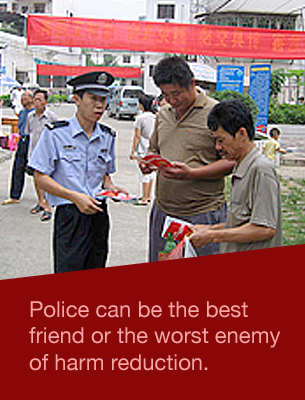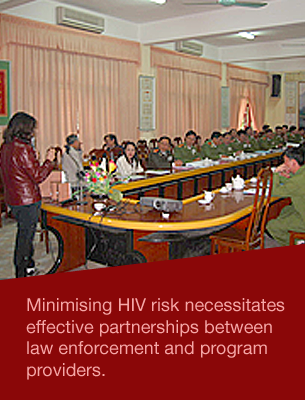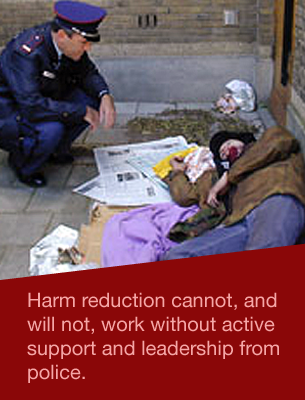Below is an excerpt from the Introduction section of the report by Kate Cooper and Sue Branford for the Central America Women’s Network
Read the full report here: Exploitation and Trafficking of Women
This report deals with the various forms of exploitation experienced by migrant women in the labour market and how legislation designed to police immigration and prevent trafficking often fails to protect these vulnerable women. The report also examines the role of the media in objectifying migrant women through their often negative, stereotypical portrayals. In addition, it provides an overview of some of the narratives within civil society and discusses ways in which their messages can be amplified and integrated to reflect a global justice approach.
Migration is a development strategy for millions of poor women whose families depend on the remittances sent home. Against a background of global economic insecurity, thousands of men and women seek a better life abroad. Migration can be a vital source of income for migrant women and their families. On the one hand, the so-called ‘feminisation of migration’ has helped many women to acquire greater autonomy, self-confidence and social status.3 But, on the other hand, women migrants, especially if undocumented, can face stigma and discrimination at every stage of the migration cycle. Restrictive immigration policies can push ‘unskilled’ women workers into irregular and more risky migration channels and more exploitative, ‘low end’ labour markets:
“Before departure, women can be faced with gender-biased procedures and corrupt agents. In fact, gender discrimination, poverty and violence, can provide the impetus for women to migrate or enable women to be trafficked in the first place. During transit and at their destination women can be faced with verbal, physical and sexual abuse, poor housing and encampments, sex-segregated
labour markets, low wages, long working hours, insecure contracts and precarious legal status. And upon return to the source country they may be faced with broken families, illness and poverty.” 4
Despite such widespread vulnerabilities and ‘exploitation’ (however this is defined – the term is contentious) public debates rarely take account of the fact that in the UK, as elsewhere, much migration – and trafficking – occurs within a context of structural inequalities, compounded and sustained by the UK’s trade and development policies and the accompanying ‘informalization’ of labour (that is, labour that is not covered by a contract and does not provide access to the normal employment rights and protections). In contrast to the widely accepted rights-based approach to migration, understood and analysed within a context of global inequalities and often grinding poverty5, public debates are frequently dominated by one-dimensional narratives which present migration (both documented and undocumented) in a negative vein and treat trafficking as a separate criminalized phenomenon.
This report analyses some of these ‘narratives’ within the UK, with a particular focus on narratives about trafficking and exploitation of women in the run-up to and during the London Olympics 20126. This task proved surprisingly complex, largely because of the number of misconceptions, half-truths and prejudices embedded in the discourse. For instance, the run-up to London 2012 was characterized by a flurry of anxiety around trafficking, which focused, in the main, on women and sexual exploitation. For example, in January 2010, Tessa Jowell, then Minister for the Olympics, told MPs: ‘Major sporting events can be a magnet for the global sex and trafficking industry; this is wholly unacceptable. I am determined that traffickers will not exploit London 2012.
Read the full report here: Exploitation and Trafficking of Women


